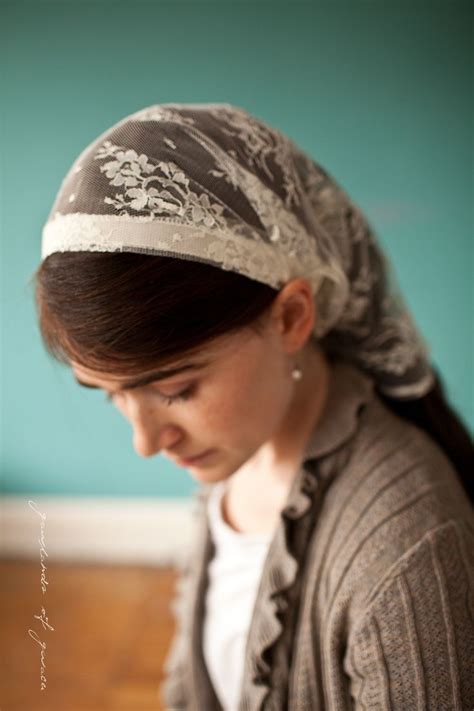Unveiling the Significance of Head Coverings
Throughout history, head coverings have played a significant role in various cultures, religions, and societies. For women, these coverings have often symbolized modesty, spirituality, and cultural identity.

According to a survey by the Pew Research Center, approximately 68% of Muslim women in the United States wear the hijab, a headscarf that covers the hair and neck. In some countries, such as Saudi Arabia, head coverings are mandatory for women in public spaces.
Types of Head Covers for Women
The diversity of head covers reflects the rich tapestry of cultures and beliefs around the world. Some of the most common types include:
Hijab: A headscarf that covers the hair and neck, often worn by Muslim women.
Niqab: A veil that covers the entire face, except for the eyes, worn by some Muslim women.
Burqa: A full-body covering that conceals the entire body and face, including the eyes.
Snood: A hair covering worn by some Christian women, typically made of lace or other delicate fabric.
Kerchief: A triangular or square piece of fabric used to cover the hair, often worn by women in rural areas or for specific activities.
Cultural and Religious Significance
In many cultures, head coverings hold deep religious significance. For example, in Islam, the hijab is considered a symbol of modesty and submission to God. In Christianity, the snood is often worn as a sign of humility and reverence.
Additionally, head coverings can also convey cultural identity. In some indigenous cultures, for instance, women wear headwear that reflects their tribal affiliation or cultural heritage.
Benefits of Wearing Head Covers
Despite misconceptions and stereotypes, wearing a head cover can offer a number of benefits for women:
- Modesty and Privacy: Head coverings provide a sense of privacy and modesty for women who wish to cover their hair or face.
- Protection from the Elements: Head covers can protect hair and skin from the sun, dust, and wind.
- Cultural Expression: Head coverings can serve as a statement of cultural identity and pride.
- Religious Fulfillment: For women who follow certain religious practices, head coverings can provide a sense of spiritual fulfillment.
Common Mistakes to Avoid
When choosing or wearing a head cover, it is important to avoid common mistakes that may undermine its intended purpose:
- Mismatched Color or Style: Ensure that the color and style of your head cover complement your outfit and personal style.
- Uncomfortable Material: Choose a head cover that is made from breathable and comfortable materials.
- Improper Fit: Make sure your head cover fits securely and comfortably without being too tight or loose.
- Inappropriate Occasions: Consider the context and appropriateness of wearing a head cover for the specific occasion or setting.
Innovation and New Applications
In recent years, there has been a growing trend towards innovation in head covers for women. Designers are experimenting with new materials, styles, and functions to meet the diverse needs of modern women.
One such innovation is the “cool hijab,” which incorporates cooling fabrics and technology to provide comfort in hot climates. Another example is the “smart hijab,” which features built-in sensors and connectivity for fitness tracking or communication.
Empowering Women Through Head Covers
Head covers can be a powerful tool for empowering women. They allow women to express their faith, preserve their cultural identity, and control their own bodies and lives.
By embracing the diversity of head covers, we can promote inclusivity, respect, and a deeper understanding of the diverse cultures that shape our world.
Conclusion
Head covers for women are a multifaceted phenomenon with cultural, religious, and personal significance. By understanding the different types, benefits, and misconceptions surrounding head covers, we can create a more inclusive and respectful society.
As we continue to innovate and explore new applications for head coverings, we must remember that ultimately, the choice of whether or not to wear a head cover is a personal one for each woman. Empowering women through head covers means respecting their rights and allowing them to make choices that reflect their values and beliefs.
